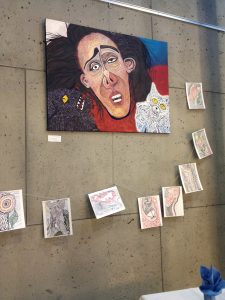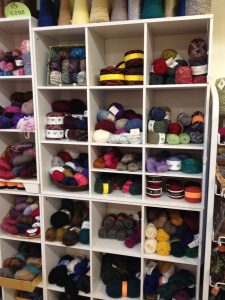Tonight at the Rose Cafe, Dr. Nick Cheesman and an activist from Thailand led us in a very interesting conversation on torture in Southeast Asia. I felt having the perspectives of both an activist and an academic was a great structure for the talk as it allowed us to discuss both specific examples and the theoretical components of this difficult topic. In terms of specifics, the activist from Thailand was able to give us her personal insights into the status of torture in this country. When someone asked why police in Thailand resort to torture, she explained that the use of torture enables the police to rapidly obtain a confession which then allows them to publicise in the press that they have captured the supposed perpetrator of the crime. Since I’m currently taking a law class in which we have been discussing limitations on police-obtained confessions in the U.S., this observation led me to wonder whether stricter rules on the types of confessions that are permitted in court could diminish the prevalence of police torture in Thailand.
I also found Dr. Cheesman’s discussion of the theoretical aspects of torture very informative and especially relevant to our current political situation in the U.S. At the beginning of his talk, he mentioned that President Trump has suggested that torture “works” in terms of its ability to coerce information. When someone asked for Dr. Cheesman’s opinion on whether torture works, he answered that the answer to this question is a rhetorical yes, however the problem is with this question itself. He explained that in his work he has proposed the idea that we should stop analysing torture in terms of its effectiveness as this doesn’t address the broader ethical questions relating to torture. My hope for the future is that our political leaders in the U.S. will also move away from looking at the instrumentality of torture and instead consider its serious ethical implications.


